When launching an online store, one of the most critical decisions you’ll face is choosing between a custom e-commerce solution and a pre-built template. This choice will impact everything from your initial investment to your long-term growth potential. With $7.4 trillion in global ecommerce sales projected for 2025, the stakes have never been higher for making the right technical foundation choice.
As someone who’s guided countless businesses through this decision at Weblta, I’ve seen firsthand how the right choice can accelerate success—and how the wrong one can limit growth. Whether you’re considering our Starter plan for new businesses or evaluating enterprise-level solutions, understanding the fundamental differences between custom and template approaches is crucial.
Let me walk you through everything you need to know to make this crucial decision with confidence.
Understanding Your Options: The Fundamentals
Before diving into comparisons, it’s essential to understand what we’re actually comparing. Template-based solutions include platforms like Shopify, WooCommerce themes, and Squarespace e-commerce templates. These provide pre-designed structures that you can customize to varying degrees. Custom e-commerce development, on the other hand, involves building your online store from the ground up, tailored specifically to your business needs.
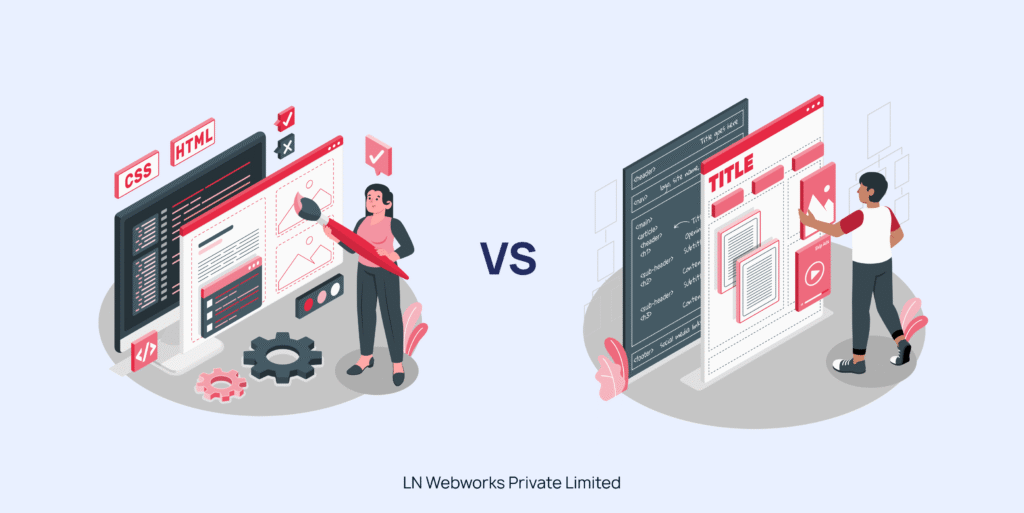
The decision between these approaches isn’t just about aesthetics—it’s about choosing the foundation that will support your business goals, growth trajectory, and operational requirements.
The Template Advantage: Speed and Simplicity
Template-based e-commerce solutions have revolutionized how quickly businesses can get online. The primary advantages are compelling, especially for new entrepreneurs and small businesses looking to test the waters.
Cost-Effectiveness and Quick Launch
Templates offer an unbeatable entry point into e-commerce. Small business websites with professional design and advanced functionality may range from $1,000 to $10,000, while basic template solutions can start as low as $29 per month. This low barrier to entry has enabled countless entrepreneurs to start their online journey without significant upfront investment.
At Weblta, our Starter plan exemplifies this approach with a $700 setup fee and $40 monthly charge, designed specifically for new businesses testing the waters with up to 10 products. The speed factor cannot be overstated—while a custom e-commerce site might take 3-6 months to develop, a template-based store can be operational within our estimated 8-hour setup timeframe.
This rapid deployment is crucial when you need to capture market opportunities or respond quickly to business needs, especially considering that 69.4 million people from the United States are expected to shop on Facebook in 2025, creating unprecedented opportunities for quick market entry.
Built-in Features and Reliability
Modern e-commerce platforms come loaded with essential features right out of the box. Payment processing, inventory management, basic SEO tools, and mobile responsiveness are standard. Our Growth plan demonstrates this perfectly by including Stripe/PayPal setup plus Buy Now Pay Later options like Afterpay, customer rewards programs, and advanced filtering options—all within a managed framework.
Platforms like Shopify have entire ecosystems of apps and integrations, allowing you to add functionality without custom development. At Weblta, we leverage these ecosystems through our comprehensive integrations page, offering everything from payment gateways like Stripe and PayPal to marketing automation tools like Mailchimp and Klaviyo, ensuring your store connects seamlessly with the tools you need.
The reliability factor is significant too—these platforms handle security updates, server maintenance, and compliance requirements, removing technical burdens from your shoulders. For businesses without dedicated IT resources, this managed approach provides peace of mind while ensuring your store stays current with evolving e-commerce best practices.
The Custom Route: Unlimited Possibilities
Custom e-commerce development represents the other end of the spectrum—complete control and unlimited possibilities. When done right, custom solutions can become powerful competitive advantages.
Unique Brand Expression
Your brand deserves to stand out in a market where 2.77 billion global online shoppers are actively purchasing products online. Custom development allows for unlimited creative expression—instead of looking like thousands of other stores using the same template, you can create a truly unique digital experience that reflects your brand’s personality and values.
This uniqueness extends beyond visual design. Our Pro plan showcases this philosophy with unlimited products, advanced marketing strategies including personalized campaigns, and unlimited connections to all your favorite business tools. Custom solutions can incorporate specific user flows, unique interaction patterns, and specialized features that directly support your business model. Whether you’re selling complex configurable products or need specialized B2B functionality, custom development can accommodate any requirement without the constraints of template limitations.
Scalability and Performance
Custom solutions can be architected specifically for your traffic patterns and growth projections. While templates might struggle under high traffic loads or complex product catalogs, custom-built systems can be optimized for peak performance from day one.
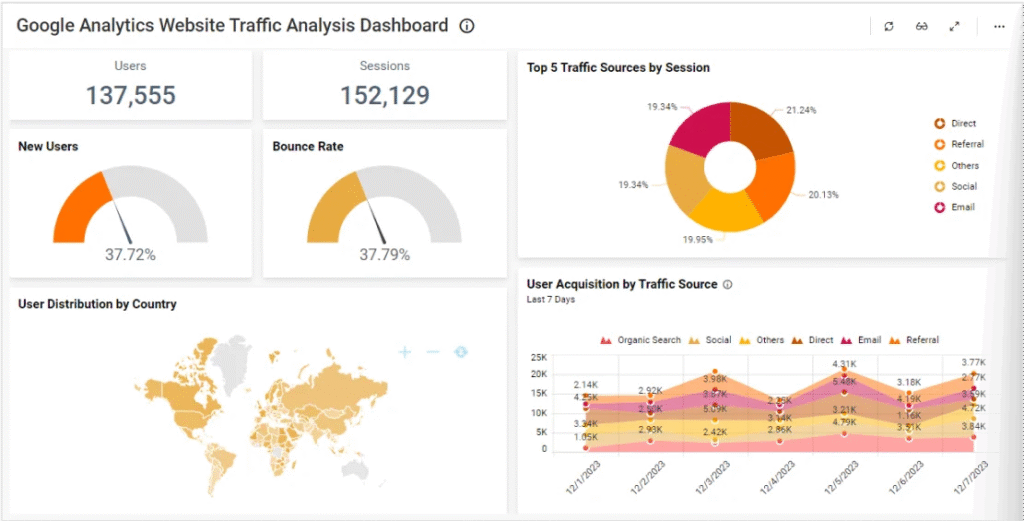
The scalability advantage becomes more pronounced as your business grows. Custom solutions can evolve with your needs without the constraints imposed by template limitations.
Head-to-Head Comparison: Making the Numbers Work
Let me break down the key differences in a practical comparison that addresses the factors most important to your decision.
| Factor | Template-Based | Custom Development |
|---|---|---|
| Initial Cost | $29 – $10,000 | $15,000 – $100,000+ |
| Time to Launch | 1-4 weeks (8-20 hours setup) | 3-6 months (40+ hours) |
| Monthly Costs | $29 – $299+ | $100 – $500+ (hosting/maintenance) |
| Customization Level | Limited to moderate | Unlimited |
| Scalability | Platform-dependent | Highly scalable |
| SEO Flexibility | Good (basic to advanced setup) | Excellent (complete control) |
| Third-party Integrations | 2-5 connections typical | Fully customizable |
| Ownership | Platform-dependent | Complete ownership |
| Support Level | Email to priority support | Dedicated technical team |
The Real Cost of Ownership
While templates appear more affordable upfront, the total cost of ownership tells a more complex story. Template-based solutions involve ongoing monthly fees, transaction fees, and costs for premium apps and features. According to recent industry analysis, pre-built solutions have low entry costs of $50-$300 for themes, but recurring platform fees can accumulate significantly over time.
Custom solutions require higher upfront investment—ranging from $15,000 to $50,000+ depending on complexity—but often prove more economical in the long run, especially for high-volume businesses. As highlighted in our pricing structure, businesses can expect different profit margins: Starter plans yield $1-$10 monthly profit after platform costs, while Pro implementations can generate $41-$80 monthly profits due to advanced features and reduced platform dependencies.
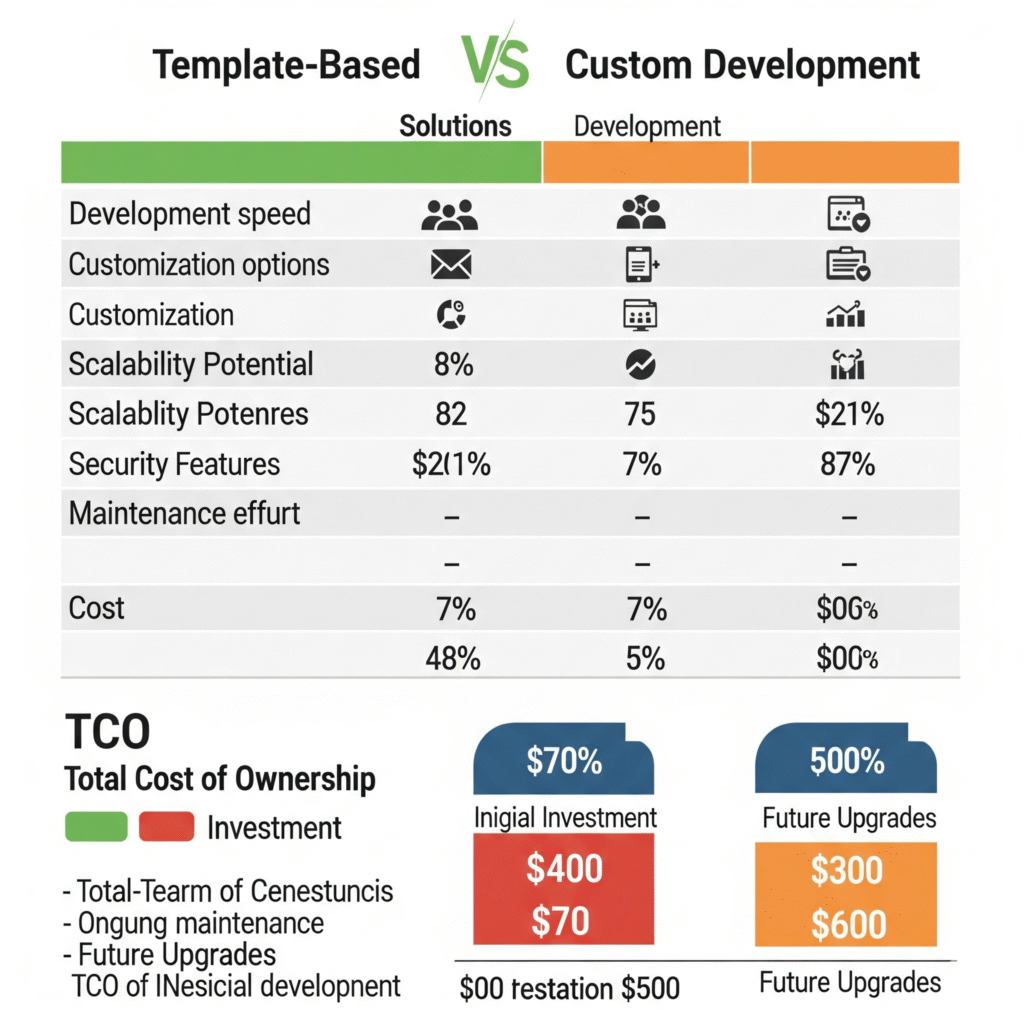
This long-term perspective becomes crucial when you consider that the average revenue per user (ARPU) in e-commerce is expected to amount to $1,728 in 2025—making platform fees a significant consideration for growing businesses.
When Templates Make Perfect Sense
Templates aren’t just budget options—they’re often the smartest choice for specific business scenarios. If you’re just starting out and need to validate your business model quickly, templates provide the perfect testing ground. Our Starter plan exemplifies this approach, offering everything needed for brand-new online stores to test the waters with up to 10 products, basic SEO setup, and secure payment processing—all for a $700 setup fee and $40 monthly charge.
Small to medium businesses with straightforward product catalogs often find templates perfectly adequate. If your needs align well with standard e-commerce functionality, why pay for custom development? The key is honest assessment of your current and future requirements.
Service-based businesses adding e-commerce components often benefit from template solutions. The focus remains on service delivery rather than complex e-commerce functionality, making templates an efficient choice. With 75% of female shoppers preferring mobile devices for purchases compared to 63% of men, template solutions excel at providing responsive, mobile-optimized experiences right out of the box.
When Custom Development Becomes Essential
Certain business models and growth stages make custom development not just beneficial but necessary. If your product catalog is complex—think configurable products, intricate pricing models, or specialized industry requirements—templates quickly become limiting. This is where our Pro plan philosophy extends into fully custom territory, offering unlimited products, advanced automation, and complete flexibility.
High-growth businesses often outgrow template limitations. When you’re processing thousands of orders daily or managing complex inventory across multiple channels, the flexibility and performance of custom solutions become critical competitive advantages. Custom solutions can be architected to handle the specific demands of your business model, whether that’s complex product configurations or specialized B2B workflows.
B2B businesses frequently require features that templates can’t provide. Custom pricing tiers, approval workflows, integration with enterprise systems like ERP or CRM platforms, and specialized reporting often necessitate custom development. The advanced marketing strategies and unlimited tool integrations available in our Pro-level approach represent just the beginning of what’s possible with fully custom solutions.
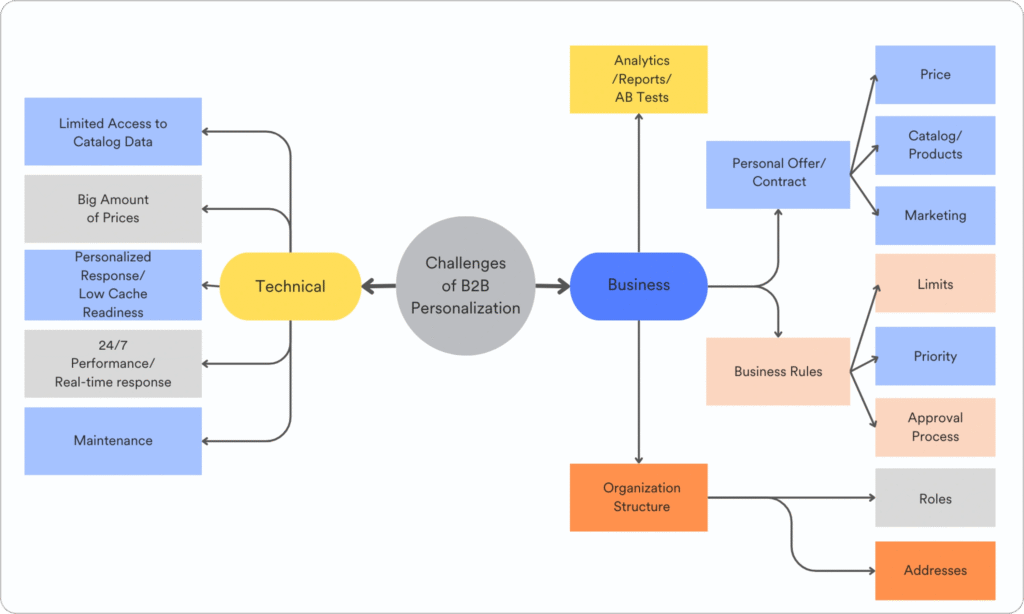
Consider that social commerce will drive one in five online sales by 2025, with global social commerce revenues expected to hit nearly $700 billion. Custom solutions can integrate these emerging channels seamlessly through our comprehensive integrations ecosystem, while template-based stores may need to wait for platform updates or rely on third-party integrations.
The Hybrid Approach: Best of Both Worlds
Smart businesses often take a phased approach, and our pricing structure at Weblta reflects this philosophy. Starting with our Starter plan to validate the market and generate initial revenue, then progressing to our Growth plan as needs become more sophisticated, and ultimately moving to our Pro plan or fully custom solutions as growth demands it. This strategy minimizes initial risk while preserving options for unlimited customization later.
Some businesses also adopt hybrid solutions—using platforms like WordPress with custom development overlays, or Shopify Plus with extensive customizations. These approaches can provide more flexibility than pure templates while remaining more affordable than fully custom solutions. The key is building relationships with development partners who understand your growth trajectory and can evolve your solution accordingly.
Our tiered approach recognizes that most businesses will outgrow their initial setup. That’s why we design our solutions to be upgradeable, ensuring your investment in our Starter plan can seamlessly transition to Growth or Pro-level functionality as your business scales.
Making Your Decision: A Strategic Framework
Your choice should align with several key factors that define your business context and goals.
Assess Your Timeline and Resources
If you need to launch quickly to capture seasonal opportunities or respond to market demands, templates offer unmatched speed. However, if you can invest in a longer development timeline for strategic advantage, custom solutions may prove more valuable.
Consider your team’s technical capabilities. Templates require minimal technical expertise, while custom solutions need ongoing technical support and maintenance. Do you have the resources to manage a custom solution effectively?
Evaluate Your Growth Trajectory
Startups testing product-market fit benefit from template flexibility and low risk. Established businesses with proven models and growth capital might find custom development a worthwhile investment in competitive advantage.
Consider your five-year vision. Will template limitations constrain your growth? Can you afford the potential migration costs if you outgrow your template solution?
Understand Your Competitive Landscape
In highly competitive markets, unique user experience can be a differentiator. Custom solutions offer unlimited potential for creating distinctive shopping experiences that set you apart from competitors using similar templates.
However, in markets where price and product quality matter more than user experience innovation, templates may provide all the differentiation you need.
The Technical Reality: Performance and SEO Implications
From an SEO perspective, both approaches can be effective, but they offer different advantages. Custom solutions provide complete control over technical SEO factors—page speed optimization, URL structures, schema markup, and site architecture. This control can be crucial for competitive SEO strategies.
Template-based solutions have improved significantly in SEO capabilities. Modern platforms like Shopify and WooCommerce provide strong SEO foundations, though with less flexibility for advanced optimizations.
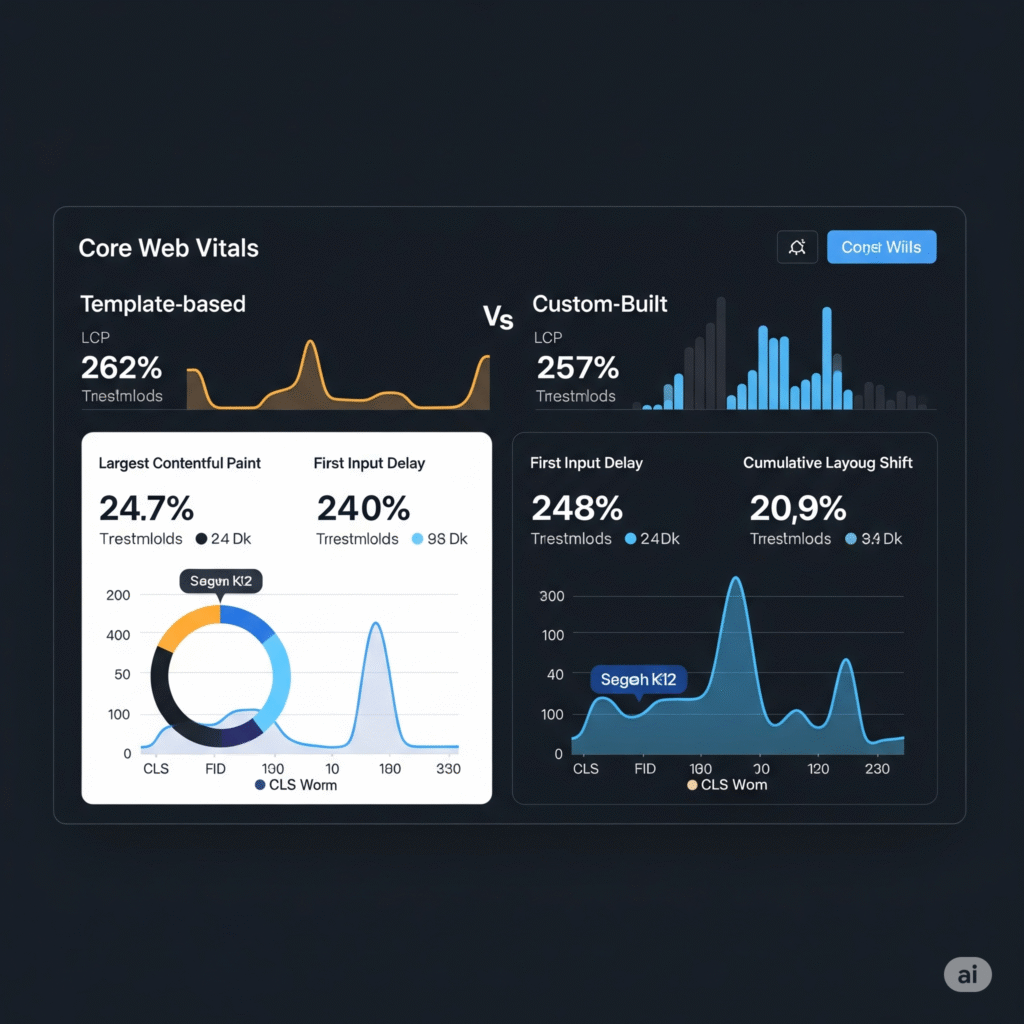
Page speed, a critical ranking factor, can favor either approach depending on implementation quality. Well-optimized custom sites often achieve superior performance, but poorly coded custom solutions can be slower than optimized templates.
Future-Proofing Your Investment
Technology evolves rapidly, and your e-commerce solution should adapt accordingly. Templates benefit from platform-level updates and improvements but may lag in adopting cutting-edge features. Custom solutions can incorporate the latest technologies immediately but require ongoing development investment.
Consider emerging trends like voice commerce, augmented reality product visualization, and AI-powered personalization. Custom solutions can integrate these innovations seamlessly, while template-based stores must wait for platform support or third-party apps. With the Chinese live commerce market expected to reach $843 billion in 2025, businesses need solutions that can adapt quickly to new commerce models.
The rise of headless commerce represents another consideration. Custom solutions can easily adopt headless architectures for omnichannel experiences, while template-based stores may face limitations in this approach. Our Pro plan philosophy of unlimited integrations and advanced marketing strategies positions businesses for these emerging opportunities.
Making the Final Decision
Your choice between custom e-commerce development and template-based solutions should reflect your business reality, not your preferences. Honest assessment of your budget, timeline, technical resources, and growth trajectory will guide you to the right decision. At Weblta, we’ve structured our pricing plans to support businesses at every stage of this journey.
Remember that this isn’t necessarily a permanent choice. Many successful businesses evolve from our Starter plan to Growth and Pro levels, and eventually to fully custom solutions as they grow and their needs become more sophisticated. The key is choosing the approach that best serves your current needs while keeping future options open.
Whether you choose templates or custom development, focus on creating an exceptional customer experience. With user penetration expected to hit 49.1% by 2029 and the average revenue per user reaching $1,728, the technical approach matters less than your commitment to serving your customers effectively and growing your business strategically.
Ready to Build Your E-commerce Success?
Choosing between custom development and template-based solutions is just the beginning of your e-commerce journey. At Weblta, we’ve helped hundreds of businesses make this decision and execute their chosen strategy successfully. Our three-tier pricing structure is designed to grow with your business, from the $700 Starter plan perfect for testing new ventures to our comprehensive Pro plan that handles unlimited products and advanced automation.
If you’re still unsure which approach is right for your business, let’s talk. Our team can assess your specific needs, budget, and goals to recommend the best path forward. Whether that’s our carefully crafted Starter plan for new businesses, our Growth plan for expanding catalogs, our Pro plan for established enterprises, or a fully custom solution built for your unique requirements, we’re here to help.
Understanding Your Needs:
- New to e-commerce? Our Starter plan offers everything you need to test the waters with up to 10 products, basic SEO, and secure payments for just $700 setup and $40/month
- Growing your catalog? Our Growth plan supports up to 100 products with advanced filtering, loyalty programs, and enhanced SEO for $1,300 setup and $90/month
- Ready to scale? Our Pro plan provides unlimited products, advanced automation, and priority support for $2,200 setup and $170/month
All our plans include access to our comprehensive integrations ecosystem, featuring everything from payment gateways like Stripe and Square to marketing automation tools like Mailchimp and Klaviyo, ensuring your store connects seamlessly with the tools that power your business.
Schedule a free consultation today to discuss your e-commerce project and get expert guidance tailored to your business needs. We’ll help you understand which solution fits your current situation and how to plan for future growth.
Still have questions? Check out our detailed pricing comparison or read our guide on building high-converting e-commerce websites to learn more about what makes online stores successful.




